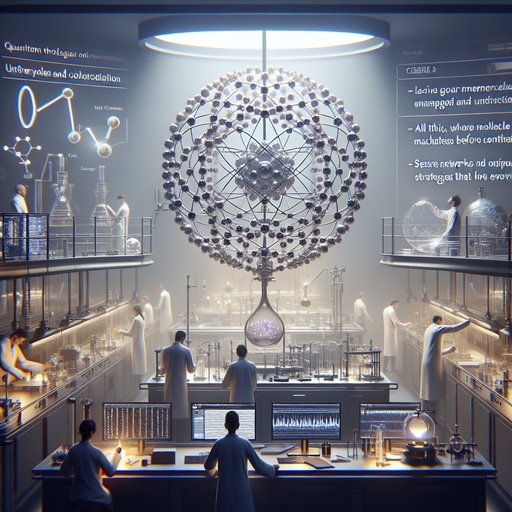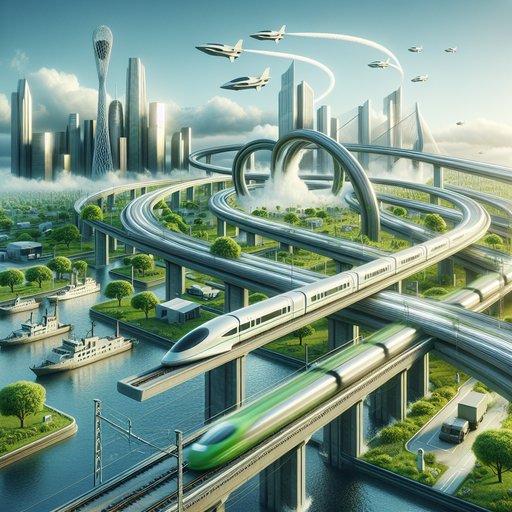
The promise of quantum technologies isn’t just faster computing; it’s a new way of asking questions and a new way of trusting answers. In labs chilled to near absolute zero and in fiber ducts beneath familiar streets, researchers are building machines that leverage uncertainty and correlation as resources rather than nuisances. The result is a future in which a molecule’s properties are mapped before it is synthesized, a network refuses to be silently tapped, and optimization problems yield to strategies that learn as they go. The people shaping that future aren’t waiting for a singular breakthrough. They are learning to choreograph fragile quantum states with microwaves and light, one calibration at a time, knowing that the first real impacts may arrive not with a bang but as quietly reliable infrastructure.

At sunrise, in a quiet room behind a tangle of street-level fiber conduits, a refrigerator-sized box exhales a steady mechanical breath. It does not store data. It makes keys out of light. Somewhere across town, its twin watches for photons that may never arrive, and in their absence, information appears—random, private, and, if physics holds, auditable down to the atom. Quantum communication has moved from whiteboard doodles to field trials, from a laboratory trick to an instrument that claims to know when an eavesdropper leans in. Its potential is not merely faster or stronger, but stranger: a network that refuses to keep secrets from its users, and refuses to keep secrets from itself.

The field of genetic engineering is undergoing a revolution, with recent advancements paving the way for unprecedented possibilities. From curing genetic diseases to enhancing crop yields, the potential applications of these breakthroughs could fundamentally alter our lives and society as we know it.

The future of transportation is not just about the vehicles we use, but also the infrastructure that supports them. From bullet trains to hyperloops, and green cargo ships, the world is witnessing a revolution in infrastructure technology that promises to redefine mobility, enhance connectivity, and significantly reduce carbon emissions. This article explores these cutting-edge innovations and their potential societal impact.






















































